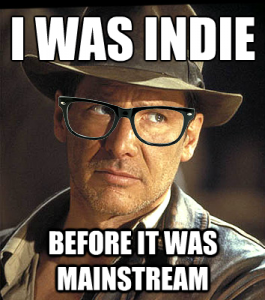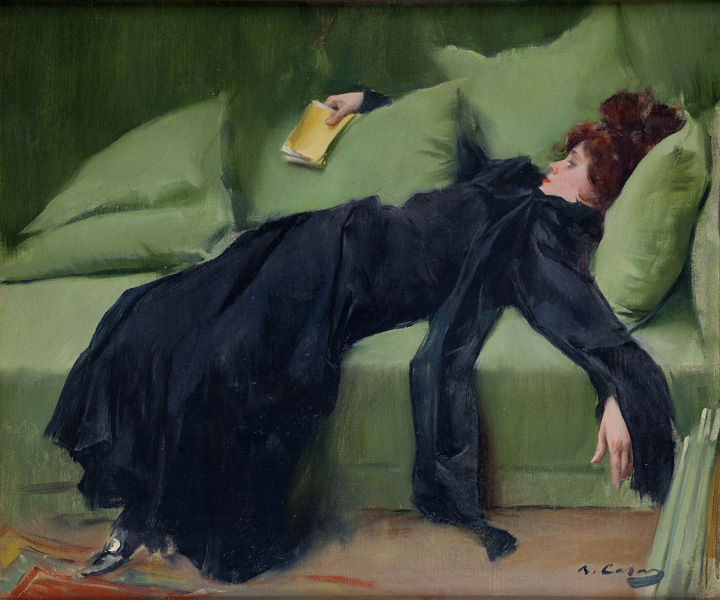
Because independent publishers aren’t often comprised of different departments, it’s important to have a multitude of skills under your belt.
The Editorial Aspect
Independent publishers are still publishers at the end of the day, not much is too different in an editorial sense. One of the best things about independent publishing is that there’s less of a bureaucratic process in selecting manuscripts. That’s how indie publishers often have noticeably distinct brands or motifs in the literature they publish. This also ties into the marketing aspect; boutique publishing makes it easier to know what to expect from them. Indie publishing allows for people to publish things that they want to read, instead of chasing the next bestseller. It’s not to say that indie publishers don’t think of books in terms of their marketability, it’s just that there’s more freedom to select books whose attractiveness don’t solely come from their potential to sell.
Financial and Sales
Along with all of those editorial skills, you have to maintain the financial aspect of the business as well. So far in my experience as an intern, I’ve written up invoices, royalty statements, and applied for a grant. There’s no passing the work off to a department full of business savvy people who’re comfortable looking at numbers all day—on a team of less than ten people (dare I say even one or two people), it’s imperative to know where money’s coming from and going to.
Funding
Grants grants grants! There are a multitude of grants that will fund your artistic projects. I once watched a seminar on applying for grants and learned that there are so many out there—too many to feel like there’s a lack of funding for your publishing house. I also learned that the grant application process is also super competitive so it’s best to apply to as many as you possibly can.
The best way I could describe the grant application process is that it’s somewhat similar to the college application process. You have to sell yourself to your potential patrons; you have to make the goals of your project clear and how you’d allocate the funds you’d be provided to accomplish those goals, you must also explain why you need their particular funding and convey how your goals overlap with the grantor’s, and you have to describe why the project you’re pursuing is necessary and relevant.
You can also be funded after a project; some grants are there to reimburse your business expenses in a given time period. It’s critical to keep track of all your business transactions: marketing and public relations, book cover design, warehouse space, etc,.
As an indie publisher, there are times of outsourcing help, like getting PR people to track the amount of times that a book is mentioned in publications, or working closely with certain graphic designers and artists to dream up the ideal cover image. You don’t have to be superhuman to run a publishing house. Part of the job is knowing where to get help from.
Sales
Book transactions are in a unique place right now, putting indie publishers and indie bookstores in one of the most unique positions of all. It’s hard to be in the publishing industry and avoid the power and influence of that one bookseller. We all know I’m referring to Amazon, right? If a book isn’t available on Amazon, it might as well not exist because Amazon’s share of the print book market is at least 40%. So a large part of the sales tasks at an indie publisher is maintaining the Amazon listings for books: making sure that the information is accurate and up to date with any prizes and acknowledgements or creating engaging Amazon A+ Content that would entice readers to purchase the book. As the old saying goes: if you can’t beat ‘em, join ‘em.
However, there are a lot of readers that are anti-Amazon and are looking for more ways to buy books without contributing to their monopolization of the market. So maintaining the book listings on the publisher’s own website so that transactions can happen directly through that portal is another valid approach. Bookshop is another slightly more ethical way for consumers to buy books online–in case they’re consciously avoiding the Monopolous Big A. Bookshop directly platforms local bookstores and independent publishers, making it easier to buy books from them. Publishers and bookstores are able to have pages on Bookshop and create cool booklists, which are similar to playlists, making it easier to engage with and shop. From a publishing perspective, Bookshop has been incredibly useful and super easy to navigate.
Marketing
As I’ve mentioned before, indie presses tend to have a potent personality or style associated with their brands, compared to big publishers that make it a goal to publish everything under the sun. So marketing is absolutely crucial in the case of independent publishing. I would say that social media is the absolute best way to market for all publishers, big and small. With BookTube, Bookstagram, and now the tidal wave that is BookTok, it’s evident that readers are influencing other like minded readers on what the hottest books are. Social media is a more personable and intimate aspect of marketing and it gives indie presses an edge to relate with readers in a way that big presses can’t. From a consumer perspective, if I saw a video of HarperCollins employees doing a TikTok dance while holding one of their bestsellers, I’d roll my eyes and keep scrolling. Consumers are smart—when we see a recognizable name trying to present as relatable, it feels disingenuous. However, the “indie” aspect of independent presses contributes to their marketability. People want to feel like they’re supporting passionate and ethically-sourced art.
It also doesn’t take a lot to market on social media, it’s very inexpensive and fast. If you are in a crunch for visuals for an Instagram story or a tweet, you can easily hop on Canva and experiment with templates to create something that looks much more professional and time consuming than it actually was.
Another aspect of marketing is applying your books for book prizes and attending book festivals to generate buzz across the reading community.
Organization and Time Management
It takes a multitude of skills to complete the jobs of various departments as one person. Organizational skills are an absolute must when it comes to boutique publishing. You have to track your shipments, your sales, your royalties, your inventory, your everything. The work becomes meticulous when these responsibilities are not broken up between people. It’s a lot to stay on top of so you have to be the kind of person that’s willing to manage it all.
However, I think that the very hard work that comes with indie publishing is rewarding. We talk about everything that publishing is missing and the kinds of stories that are often overlooked but indie publishing can be the answer to those problems. The freedom that comes with the territory allows for a level of creativity and experimentation that’s been previously edited out or not even published at all. With indie publishing there’s an opportunity to blend the personal and the professional.


